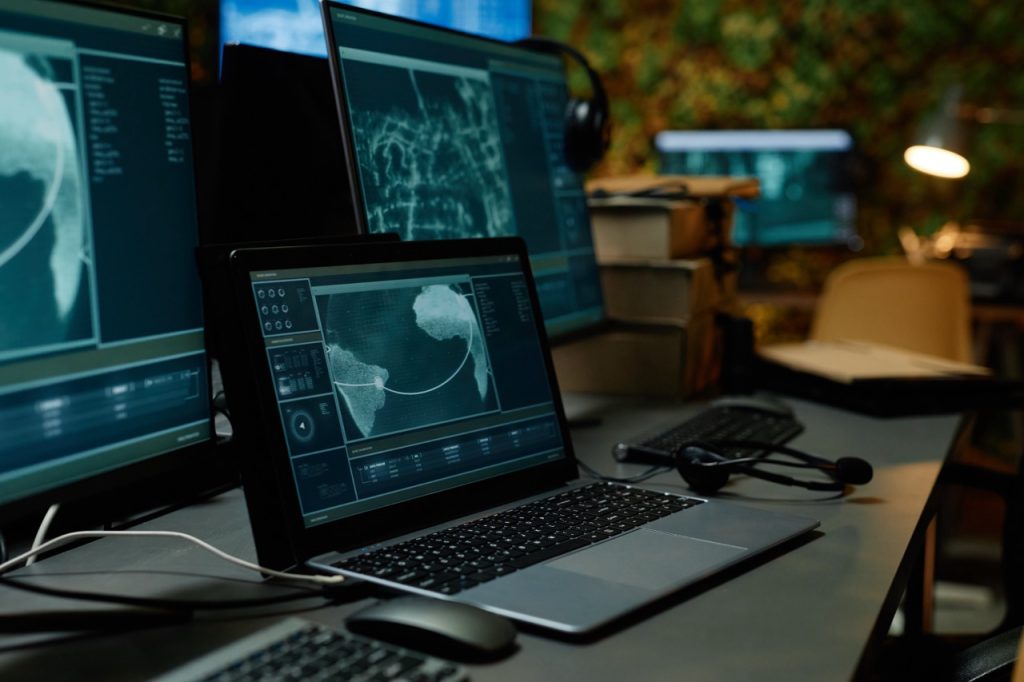Voice-to-skull (V2K) technology has long intrigued both the scientific community and the public, sparking numerous debates and controversies. This technology allegedly allows sound, such as voices or audio messages, to be transmitted directly into a person’s or animal’s skull using microwave transmission. The phenomenon is based on the microwave auditory effect, also known as the Frey effect, where individuals perceive audible clicks, buzzing, or knocking caused by pulsed or modulated radio frequencies. This article delves deep into V2K tech, exploring its mechanics, potential applications, and ethical implications.
What is V2K Technology?
The Basics of V2K
V2K, or Voice-to-Skull technology, is a method of transmitting sound directly to the human brain without using the traditional auditory pathways of the ears. This is achieved through microwave transmission, which can induce auditory sensations directly in the skull.
The Science Behind V2K
The underlying principle of V2K technology is the microwave auditory effect. Discovered by Dr. Allan H. Frey in the 1960s, this effect occurs when pulsed microwave frequencies cause the perception of sounds within the human brain. These sounds are created by the rapid expansion and contraction of tissue within the skull, which produces pressure waves that the brain interprets as sound.
How V2K Technology Works
Microwave Auditory Effect
The microwave auditory effect relies on specific frequencies and pulse durations. When microwave pulses of the right frequency are aimed at a person, they cause small, rapid temperature increases in the soft tissues of the brain. These temperature changes produce thermoelastic expansion, generating acoustic pressure waves that are perceived as sound.
Equipment Used
Implementing V2K technology requires specialized equipment, including microwave transmitters capable of producing the necessary frequencies and pulse patterns. The equipment must be precisely calibrated to target the individual without causing physical harm.
Transmission Process
- Signal Generation: The audio signal, such as a voice message, is converted into a series of microwave pulses.
- Modulation: These pulses are modulated to match the frequencies required to produce the microwave auditory effect.
- Transmission: The modulated microwave signal is transmitted toward the target.
- Reception: The target perceives the sound directly within their skull, bypassing the traditional auditory system.
Applications of V2K Technology
Military and Defense
The military has explored V2K technology for various applications, including non-lethal crowd control, psychological operations, and communication with soldiers in the field. The ability to transmit commands or warnings directly to individuals without the need for conventional audio devices presents strategic advantages.
Medical and Therapeutic Uses
In the medical field, V2K technology could potentially be used for therapeutic purposes, such as treating certain types of hearing impairments or delivering targeted auditory stimuli for neurological conditions.
Consumer Electronics
While less common, there is potential for V2K technology to be integrated into consumer electronics, providing a new way to experience audio content without headphones or speakers.
Ethical and Privacy Concerns
Invasion of Privacy
One of the primary concerns with V2K technology is the potential for misuse in ways that invade an individual’s privacy. Unauthorized transmission of audio messages directly into someone’s skull could be seen as a severe breach of personal boundaries.
Psychological Impact
The psychological impact of V2K technology can be profound. The perception of hearing voices or sounds that others cannot hear may lead to confusion, anxiety, or mental distress. It is crucial to consider the ethical implications of using such technology without the consent of the individual.
Regulatory and Legal Issues
As with any emerging technology, V2K raises questions about regulation and legal use. Ensuring that V2K technology is used responsibly and ethically will require clear guidelines and oversight by regulatory bodies.
Potential Future Developments
Advances in Technology
As technology advances, the precision and capabilities of V2K are likely to improve. This could lead to more refined and targeted applications, enhancing both the benefits and risks associated with its use.
Broader Applications
Beyond current uses, future developments could see V2K technology applied in new and innovative ways. From personalized advertising to advanced communication systems, the possibilities are vast.
How to Protect Yourself from V2K
Awareness and Education
Understanding the basics of V2K technology is the first step in protecting oneself from potential misuse. Being aware of how the technology works and recognizing the signs of its use can help individuals take appropriate measures.
Physical Barriers
How to V2K Tech relies on microwave transmission, physical barriers such as shielding materials that block or absorb microwave frequencies can be effective in preventing unauthorized transmissions.
Legal Measures
Advocating for clear legal protections and regulations surrounding the use of V2K technology is essential. Individuals and organizations can work together to ensure that laws are in place to protect privacy and prevent abuse.
Conclusion
How to V2K Tech while fascinating and full of potential, carries significant ethical, psychological, and legal implications. Understanding How to V2K Tech its applications, and the concerns it raises is crucial as we navigate the evolving landscape of this technology. As with any powerful tool, the key to its beneficial use lies in responsible and ethical application, ensuring that its development and deployment respect individual rights and societal norms.







